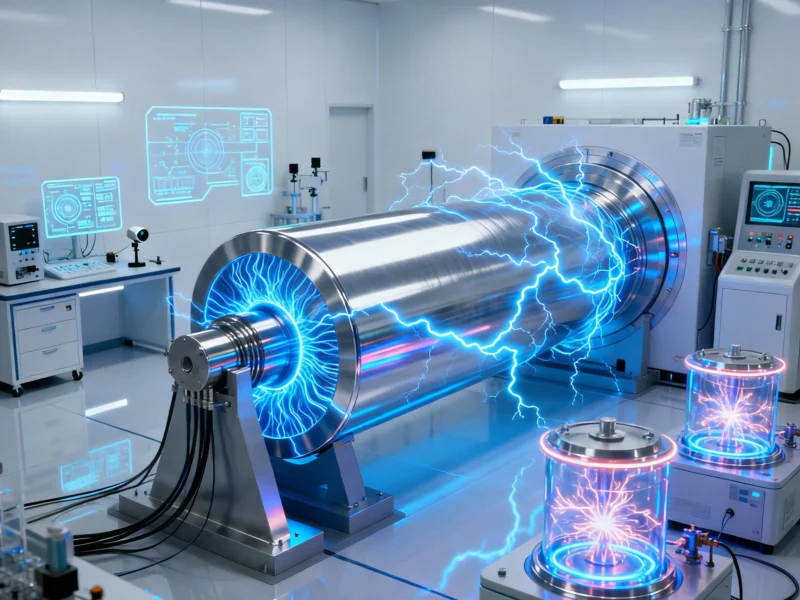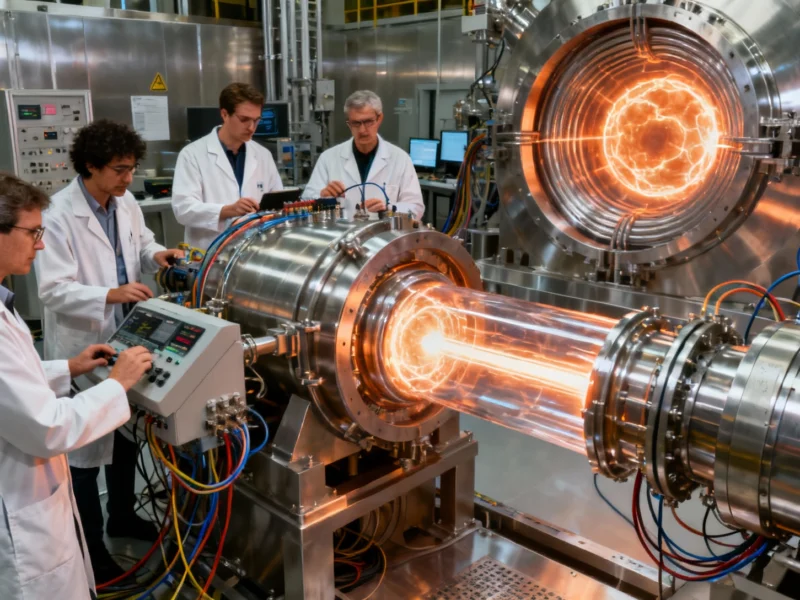China has activated the world’s most powerful centrifuge, achieving gravitational forces 300 times stronger than Earth’s normal pull. The Centrifugal Hypergravity and Interdisciplinary Experiment Facility (CHIEF) launched its CHIEF1300 machine on September 29, marking China’s second major engineering breakthrough within a week and establishing new capabilities for extreme environment research.
Unprecedented Scale and Technical Specifications
The CHIEF1300 centrifuge features a massive 6.4-meter rotating arm capable of carrying 20 metric tons while generating 300G accelerations. According to engineers at Zhejiang University, where the facility is located, the machine hall required specialized engineering to minimize air resistance and manage the intense heat generated during operation. “The circular basement housing the centrifuge was specifically designed to handle these extreme conditions,” Ling Daosheng, a project engineer, told Xinhua News.
What makes this achievement particularly significant is that CHIEF1300 represents just the first of three planned centrifuges at the facility. When completed, the full complex is expected to sustain accelerations up to 1,500G, far exceeding current global capabilities. The NASA Ames Research Center’s centrifuge, by comparison, reaches approximately 20G, demonstrating the substantial leap represented by China’s new facility. This scale enables researchers to compress century-long geological processes into mere days of laboratory testing.
Research Applications Across Multiple Disciplines
The hypergravity facility opens new frontiers for studying phenomena that require extreme gravitational conditions. Chen Yunmin, CHIEF’s chief scientist, explained that “in a hypergravity field, researchers can simulate real-world hydrogeological catastrophes, geological evolution, and extreme environments in bench-top scale models within a reasonable timeframe.” Initial testing has already demonstrated practical applications, including earthquake and tsunami simulation to identify optimal locations for offshore wind farms.
According to the European Space Agency, controlled gravity environments provide unique opportunities to “tease out the secrets of the inner workings of physics and nature.” The Chinese facility’s 18 in-flight devices and six experimental cabins will support research ranging from deep-Earth resource extraction to underground waste disposal and new material synthesis. The United States Geological Survey has documented similar though less powerful approaches to studying geological hazards through controlled experiments.
Strategic Importance for China’s Space Ambitions
Beyond terrestrial applications, CHIEF’s capabilities directly support China’s expanding space program. Hypergravity testing has been crucial for astronaut training and spacecraft component validation since the mid-20th century, when NASA’s human centrifuge projects began assessing pilot endurance limits. The new facility positions China to conduct more comprehensive space hardware testing and life sciences research than previously possible.
The timing coincides with China’s accelerated space station development and planned lunar missions. As noted in the Nature analysis of China’s space science strategy, the country has dramatically increased investment in fundamental space research infrastructure. CHIEF’s 1,500G target capacity would enable testing of components under launch conditions and extended spaceflight scenarios that current facilities cannot replicate, providing critical data for mission planning and hardware reliability.
Global Scientific Collaboration Opportunities
Despite being a national project, CHIEF’s leadership emphasizes international cooperation. Chief Scientist Chen Yunmin stated he looks “forward to teaming up with the world’s top research groups to accelerate discovery and spark innovation.” This aligns with China’s broader pattern of establishing world-class research facilities, similar to the ITER international fusion project where multiple nations collaborate on cutting-edge science.
The facility’s unique capabilities could attract researchers studying everything from planetary formation to advanced materials. As documented by the Journal of Spacecraft and Rockets, hypergravity research has yielded insights into fluid behavior, material strength, and biological responses that inform multiple scientific domains. With the two additional centrifuges scheduled for completion, CHIEF may become a hub for international scientists seeking access to unprecedented gravitational testing environments.
References:



